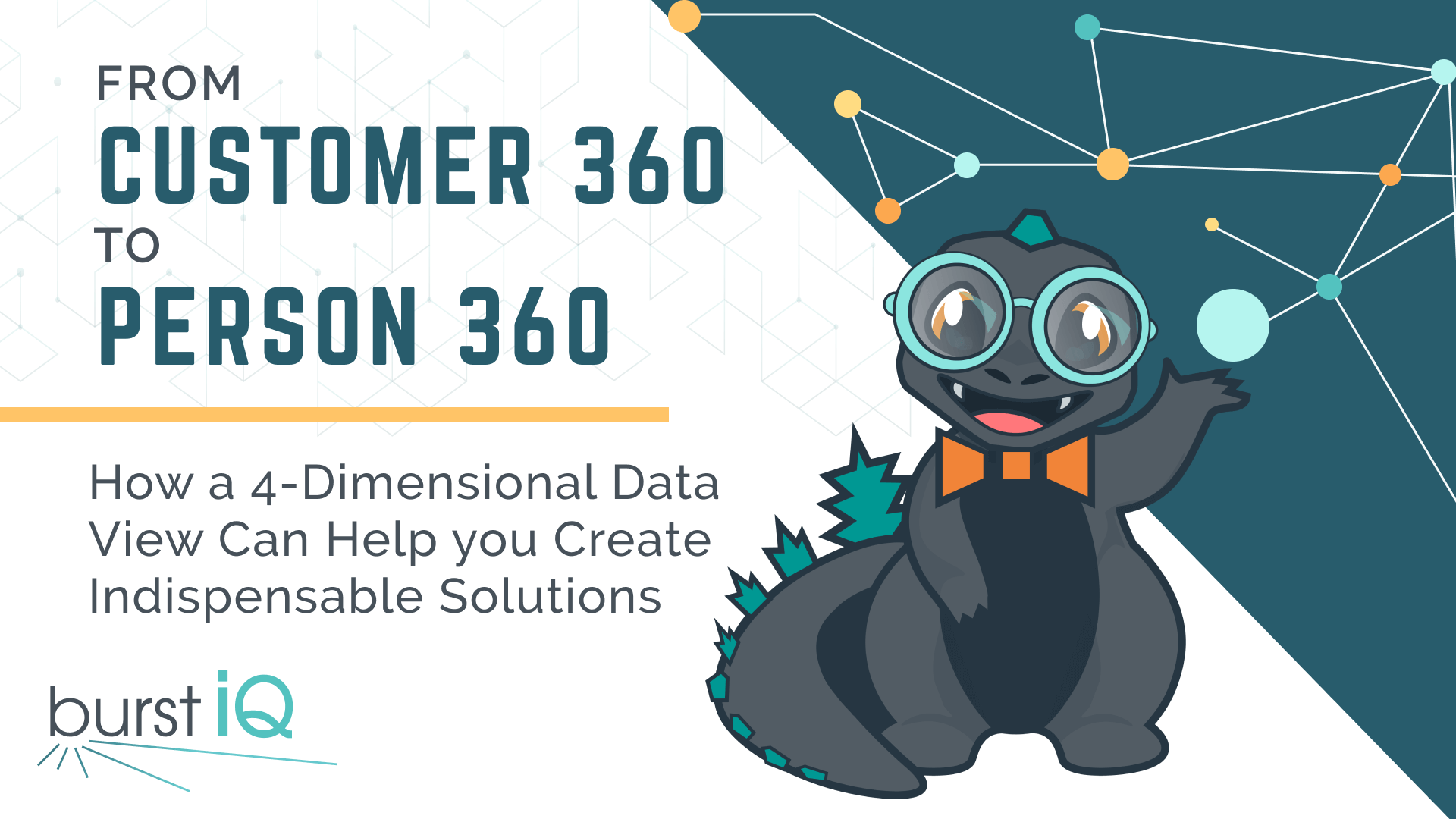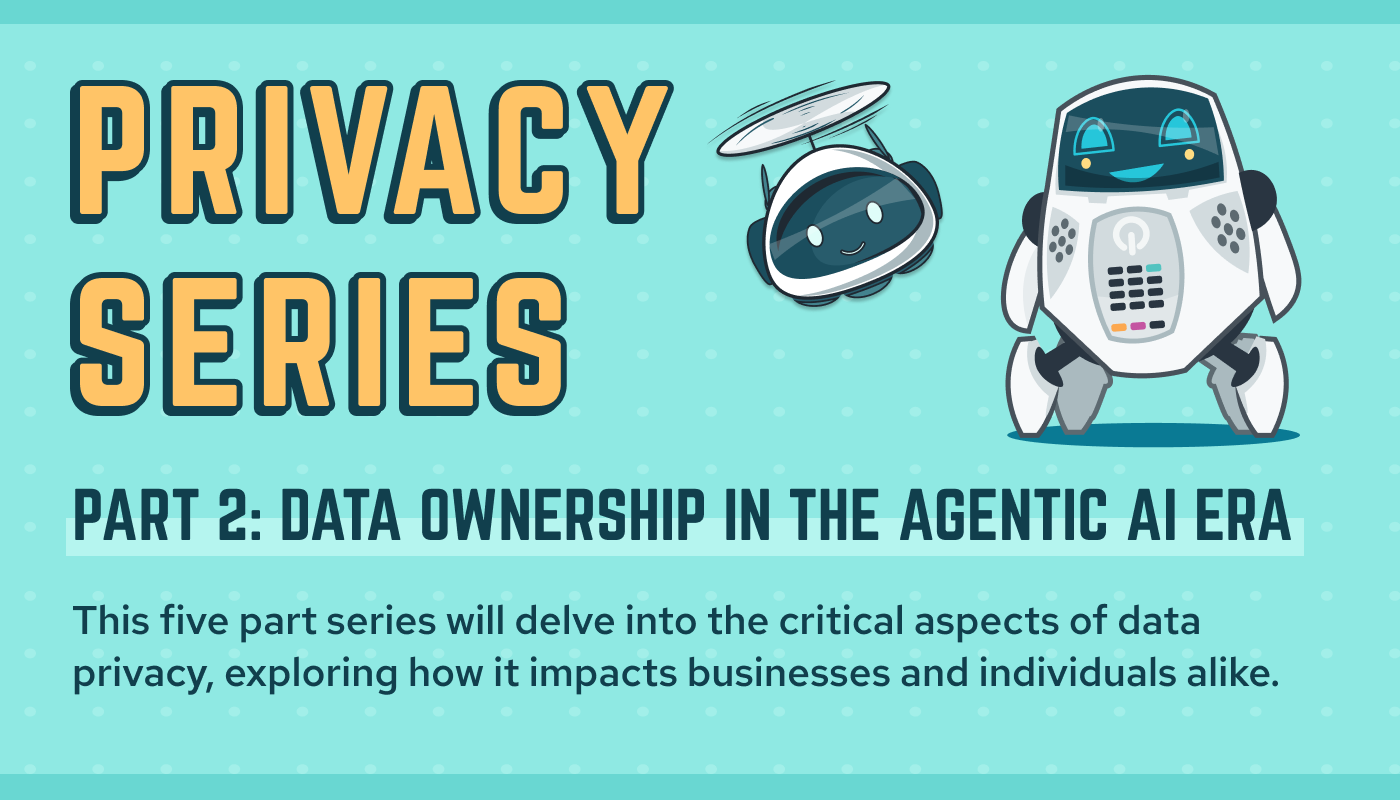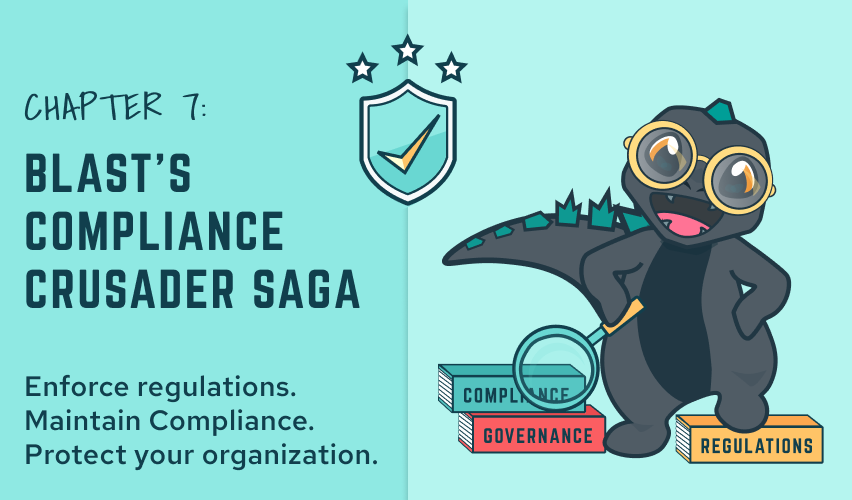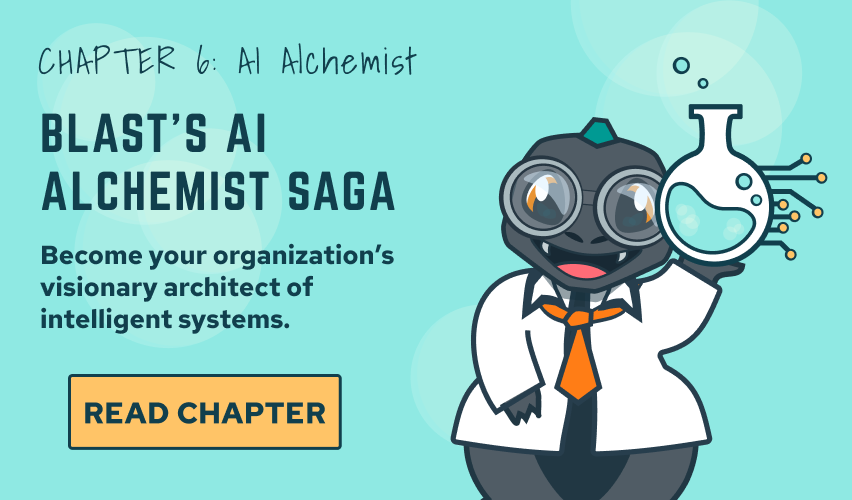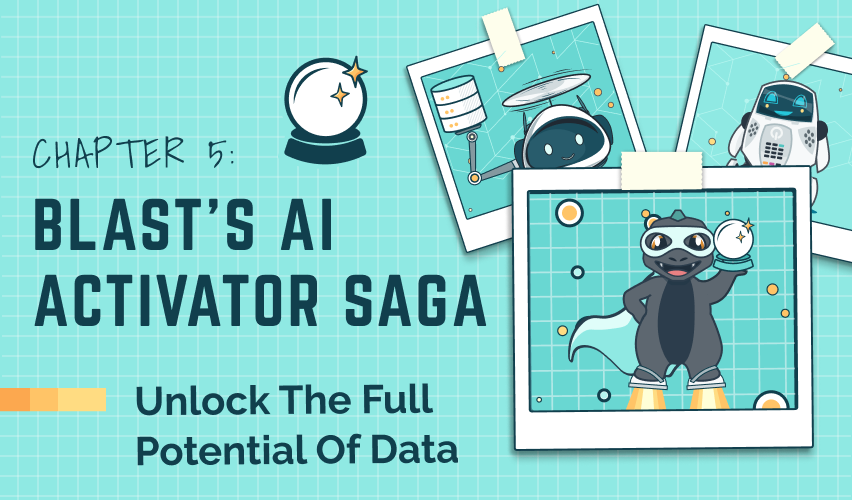LEGACY SYSTEM
MODERNIZATION
Compete in an AI-powered World
– Frank Ricotta, CEO & Founder, BurstIQ
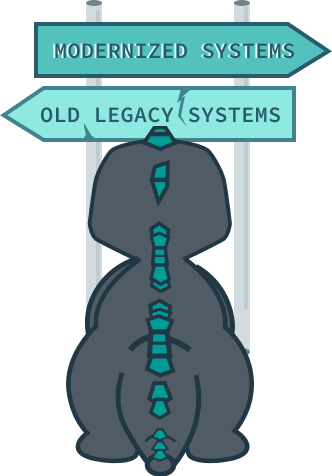

Legacy System Modernization
Compete in an AI-powered World
The rapid pace of technological advancement in the past five years has exposed a critical weakness for many large organizations: inflexible legacy data solutions. This inflexibility makes it incredibly difficult for them to keep up with the ever-changing landscape.
The rapid pace of technological advancement in the past five years has exposed a critical weakness for many large organizations: inflexible legacy data solutions. This inflexibility makes it incredibly difficult for them to keep up with the ever-changing landscape.
The rapid pace of technological advancement in the past five years has exposed a critical weakness for many large organizations: inflexible legacy data solutions. This inflexibility makes it incredibly difficult for them to keep up with the ever-changing landscape.
For instance, despite spending over $100 billion annually on information technology, the U.S. government allocates a significant portion of that budget to simply running and maintaining outdated systems. These “legacy” systems are not only expensive to upkeep but also create security vulnerabilities that hackers can exploit.
Studies show outdated technology is the biggest obstacle for businesses aiming to reduce expenses and increase profits. A Dell report highlights this challenge, estimating that organizations dedicate a staggering 60-80 percent of their IT budget to maintaining legacy systems and on-site hardware — leaving a mere 20-40 percent for everything else, including innovation and improvements that could boost their bottom line.
With the rapid advancements in technologies like GenAI (General Artificial Intelligence) and LLM (Large Language Models), how can companies remain competitive without a modern approach to data management? Outdated and siloed data infrastructures pose a significant risk to organizations’ survival. Legacy system modernization must address data accessibility, integration, collaboration, and innovation, so enterprises can react to market demands quickly and confidently.
For instance, despite spending over $100 billion annually on information technology, the U.S. government allocates a significant portion of that budget to simply running and maintaining outdated systems. These “legacy” systems are not only expensive to upkeep but also create security vulnerabilities that hackers can exploit.
Studies show outdated technology is the biggest obstacle for businesses aiming to reduce expenses and increase profits. A Dell report highlights this challenge, estimating that organizations dedicate a staggering 60-80 percent of their IT budget to maintaining legacy systems and on-site hardware — leaving a mere 20-40 percent for everything else, including innovation and improvements that could boost their bottom line.
With the rapid advancements in technologies like GenAI (General Artificial Intelligence) and LLM (Large Language Models), how can companies remain competitive without a modern approach to data management? Outdated and siloed data infrastructures pose a significant risk to organizations’ survival. Legacy system modernization must address data accessibility, integration, collaboration, and innovation, so enterprises can react to market demands quickly and confidently.
The Pitfalls of Rip-and-Replace Strategies
While some organizations may consider a rip-and-replace approach to tackling their data infrastructure challenges, this strategy is often ineffective for most enterprises. Replacing existing systems outright can be costly, time-consuming, and disruptive to ongoing operations. Moreover, it fails to address the underlying issues of data integration, compatibility, and interoperability.
The Inadequacies of Data Lakes
Data lakes have been a popular solution for storing large volumes of data. However, they must address the broader data exchange needs and ecosystem support. Data lakes often lack the necessary structure, metadata management, and data governance frameworks to unlock the full potential of the data they store. To add to the complexity, data scientists are often required to curate the data to make it purposeful for analysis. As a result, organizations need help to derive meaningful insights from their data lakes and face challenges in data discovery, quality control, and compliance.
Data Governance Challenges in Legacy Data Infrastructures
Legacy data infrastructures frequently encounter significant hurdles when implementing effective data governance practices. These challenges can obstruct an organization’s ability to maintain data quality, security, compliance, and governance.
Key challenges include:
- Lack of Control: Disparate systems and databases make it difficult to establish control over data, leading to inconsistencies in data definitions, formats, and validation rules.
- Data Silos & Fragmentation: Different business units or departments manage their data separately, leading to data duplication, inconsistency, and difficulties in data integration.
- Limited Metadata Management: Legacy systems often lack robust metadata management capabilities, resulting in a lack of understanding of the data’s meaning, context, and lineage.
- Inadequate Data Privacy & Security Controls: Outdated security measures and limited visibility into data access and usage increase the risk of data breaches and privacy violations.
- Compliance Challenges: Meeting regulatory requirements in legacy data infrastructures becomes more complex, risking legal and financial consequences.
- Lack of Data Stewardship & Accountability: The absence of dedicated data stewards and governance roles leads to ambiguity in responsibilities and challenges in enforcing policies and resolving data-related issues.
- Limited Scalability & Agility: Legacy systems may not be designed to handle the increasing volume, variety, and velocity of data, hindering the organization’s ability to leverage data for insights and innovation.
The Need for Decentralization
Adopting decentralized data infrastructures and management practices will be crucial for staying competitive and unlocking the full potential of their data. Embrace decentralization today to build a robust, resilient, and innovative data ecosystem for the future.
As organizations grow and operate in multiple locations, collaborate with partners, create ecosystems, and extend customer engagements, centralizing all data in a single repository becomes increasingly impractical.
Decentralization addresses several critical challenges associated with traditional centralized data infrastructures:
- Scalability: Decentralized data systems can scale more efficiently by distributing data storage and processing across multiple servers. This approach is particularly beneficial for enterprises experiencing rapid data growth and requiring scalable solutions to handle large volumes of data.
- Performance: By distributing data closer to where it is generated and used, decentralized systems can reduce latency and improve performance. This is crucial for real-time data processing and analytics applications, such as IoT devices or edge computing scenarios.
- Resiliency & Redundancy: Decentralized data infrastructures inherently provide higher resilience and redundancy. Data is replicated across multiple nodes, reducing the risk of data loss due to hardware failures or cyberattacks. This redundancy ensures continuous availability and reliability of data.
- Improved Data Governance: Decentralized data management allows organizations to implement governance policies more granularly. Localized governance ensures data is managed according to specific regulatory requirements and business rules relevant to each geographic region or business unit.
- Enhanced Data Security: Decentralized management enhances data security by distributing data across multiple nodes, making it more challenging for cybercriminals to compromise the entire system. Replication with sharding ensures that no one server holds “all” the data. Localized encryption and access controls can also be implemented to secure sensitive data more effectively.
- Data Sovereignty & Compliance: Complying with data sovereignty laws and regulations is critical for global enterprises. Decentralized data management enables organizations to store and process data within specific geographic regions, ensuring compliance with local data protection laws and regulations.
- Facilitated Collaboration: Organizations can empower teams to access and work with data more efficiently by decentralizing data management. Decentralized systems enable real-time collaboration and data sharing across departments and locations, fostering innovation and improving decision-making.
- Cost Efficiency: Decentralized data management can save costs by optimizing resource utilization. Enterprises can leverage local storage and processing capabilities, reducing the need for expensive centralized infrastructure and minimizing data transfer costs.
- Flexibility & Agility: Decentralized systems offer greater flexibility and agility, allowing enterprises to adapt to changing business requirements quickly. Organizations can implement new applications and services without overhauling their entire infrastructure.
Facilitating a More Comprehensive Data Ecosystem
Organizations need to explore advanced technologies such as graph technology, data fabrics, and knowledge graphs to support a more comprehensive data ecosystem.
- Graph Technology: This tool orchestrates how data is structured and analyzed using nodes (entities) connected by edges (relationships). This allows for efficient exploration of complex relationships within the data. It’s a powerful tool for navigating connections and facilitates more sophisticated and flexible querying, empowering organizations to identify patterns, make predictions, and gain a deeper understanding of their data.
- Data Fabrics: These provide a unified and scalable approach to data integration, allowing for seamless connectivity and collaboration across disparate systems. They serve as an abstraction layer that enables data to flow between various data sources, applications, and services. This facilitates real-time data access, reduces data silos, and empowers organizations to make more informed decisions based on a holistic view of their data.
- Knowledge Graphs: Built on graph technology, knowledge graphs connect structured and unstructured information from all sources, capturing relationships and context between data points. This enables navigation of complex datasets, uncovering hidden insights, and powering advanced analytics and AI. Incorporating ontologies for formal concept definitions, knowledge graphs excel at reasoning and inference, offering deeper data understanding.
Modernize Faster, Less Effort: LifeGraph Cuts Tech Debt
LifeGraph isn’t about ripping and replacing your existing systems. It’s designed to connect them, securely unlocking data flow across your organization and even your business partners. Built by developers for developers, LifeGraph tackles the complexities that slow down modernization efforts.
Here’s how LifeGraph simplifies your journey:
- Universal Connectivity: LifeGraph integrates with any system using APIs, eliminating the need for custom coding.
- Data Trust & Quality: Active Metadata Management ensures your data is clean and reliable, giving you 100% confidence.
- AI-powered Automation: Manual data organization is a thing of the past. AI handles tedious tasks like data dictionaries and cataloging.
- Advanced Technologies: Leverage the power of Graph Technology, Blockchain Security, and Knowledge Graphs for a future-proof foundation.
- Effortless AI Integration: LifeGraph is built for AI, making it easy to incorporate AI tools and unlock powerful insights. But models need transparency, ethical oversight, and bias detection as well. Emerging generative AI shows promise for more complex data-related tasks, such as automatic knowledge graph creation and augmenting data scenarios.
With LifeGraph, your entire tech ecosystem works harder, delivering more value across your organization.
Conclusion
In an ever-evolving data landscape, it is crucial for organizations, especially larger enterprises, to modernize their data infrastructures. The challenges posed by disjointed solutions, the limitations of rip-and-replace strategies, and the inadequacies of data lakes necessitate a shift towards advanced technologies like graph technology, data fabrics, and knowledge graphs. By embracing these solutions, organizations can unlock the full potential of their data, improving resiliency, security, and governance and ultimately driving success in the digital age. Adopting a holistic and forward-thinking approach to data infrastructure modernization is imperative for organizations seeking to thrive in the era of GenAI and LLM.
About BurstIQ:
BurstIQ’s LifeGraph is an advanced data management platform that enables secure, transparent, and efficient data management for businesses across various industries. By harnessing the power of blockchain technology, BurstIQ empowers organizations to quickly integrate data from any source so they can create a trustworthy business ecosystem. The platform applies knowledge graphs to make data more accessible and to deliver insights that optimize processes, reduce risk, and personalize customer solutions across their ecosystems. With a strong focus on innovation and customer-centricity, BurstIQ continues revolutionizing industries and setting new standards in enterprise blockchain-powered Web3 solutions.
